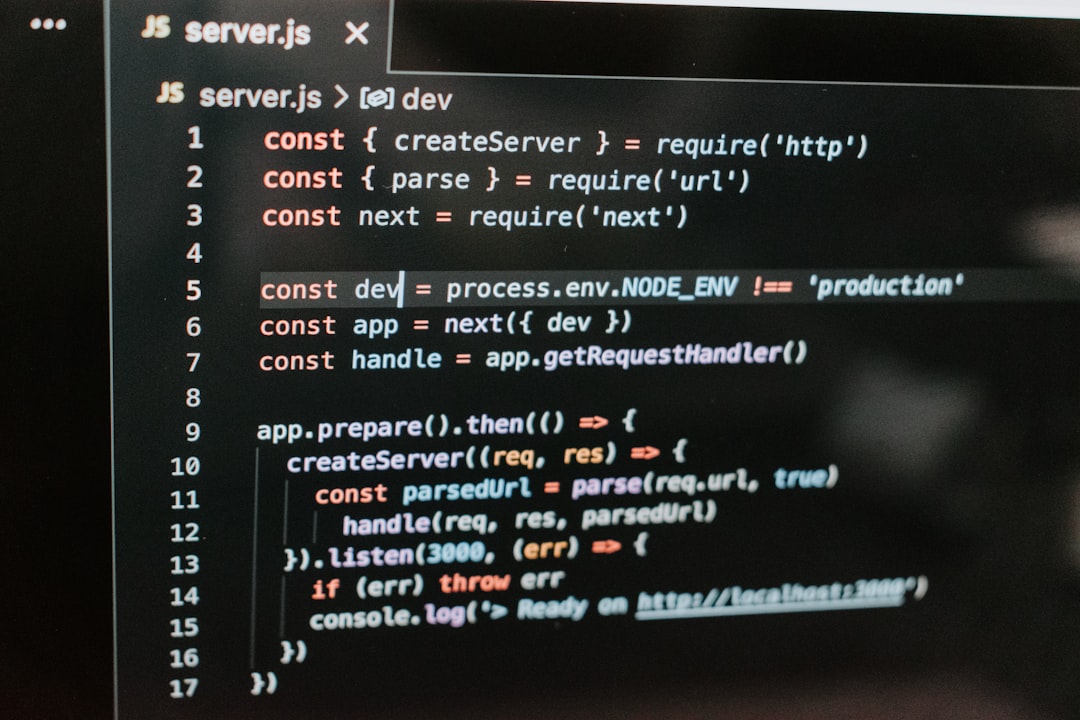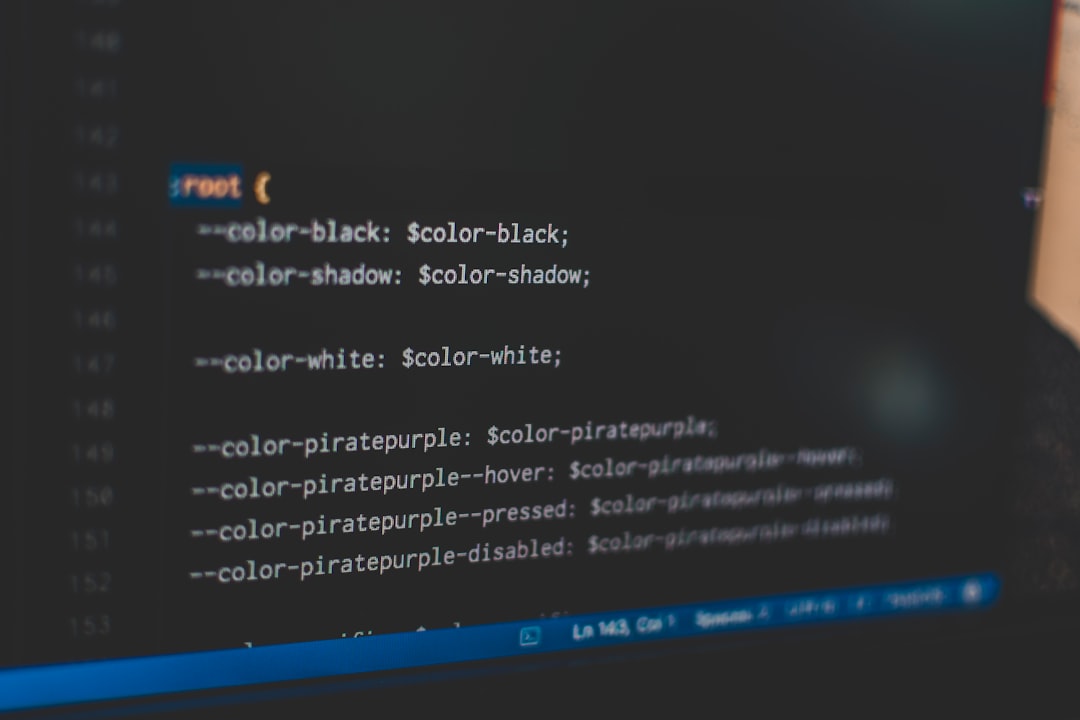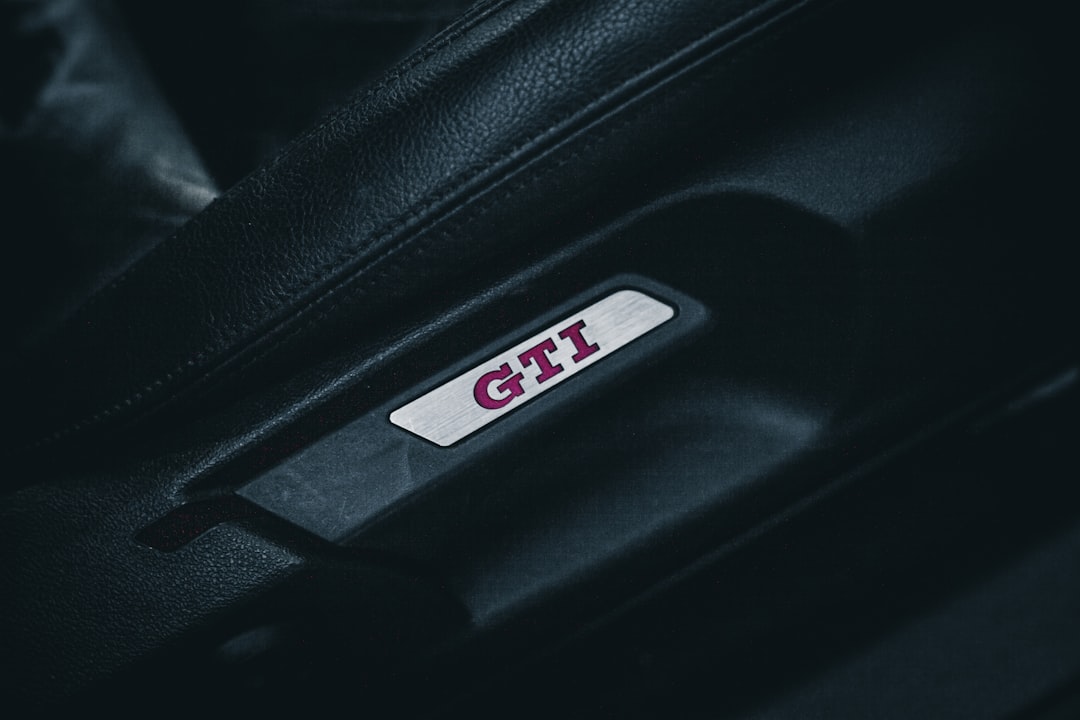

Engage prospects with a scan and streamline customer engagement with FREE QR code marketing tools by Sona – no strings attached!
Create a Free QR CodeFree consultation

No commitment

Engage prospects with a scan and streamline customer engagement with FREE QR code marketing tools by Sona – no strings attached!
Create a Free QR CodeFree consultation

No commitment
Standing out and consistently capturing high-quality leads remains an ongoing hurdle for auto customization services. In a crowded marketplace, traditional methods like printed flyers, business cards, or static signage often fail to bridge offline curiosity with real digital opportunities. As a result, businesses risk missing high-value prospects who are interested but remain untracked and unknown, ultimately leading to lost opportunities and inefficient marketing spend.
Today's decision-makers in vehicle branding and automotive marketing are searching for ways to close the gap between in-person interest and digital engagement, all without increasing friction in the customer journey. A lack of visibility into anonymous traffic means potential leads can slip through the cracks, with no timely response or tailored follow-up, giving competitors a crucial head start.
The rise of QR codes is changing this paradigm. By strategically deploying QR codes on custom car decals, event booths, in-store signage, and promotional materials, auto customization businesses are turning every customer touchpoint into a dynamic lead-generation engine. QR codes not only offer customers a seamless, low-effort digital experience, but also give marketers granular tracking, real-time analytics, and actionable data, making it possible to optimize conversion rates and unlock authentic growth.

Capturing qualified leads in auto customization often breaks down at the handoff between offline interest and online action. Paper sign-up sheets get lost, phone inquiries go unlogged, and brochures provide no way to identify who engaged. QR codes close these gaps by moving prospects into digital flows at the exact moment their intent is highest, while also recording the context of each interaction for better follow-up.
The goal is not to replace your best-performing tactics but to instrument them. When a show attendee scans a code on a booth display to see a wrap gallery, or a passerby scans a code on your service vehicle to request a quote, you gain both a conversion and a data signal. This immediate capture of self-identified interest can dramatically increase the volume of high-fit inquiries, while shortening response time and enabling personalized outreach.
For example, a customization shop can convert its paper intake forms into a mobile-friendly QR flow that logs service interests, vehicle details, and contact preferences. Showroom posters become gateways to a curated gallery that records which services a visitor viewed. And a printed catalog can link to a digital configurator so that prospects can explore finishes or packages, while each selection is tracked to their contact profile.

Auto customization services rely on the power of physical presence: a striking wrap on a client’s vehicle, eye-catching graphics in the shop window, or a well-designed booth at a car show. Yet most of these touchpoints do not generate measurable engagement on their own. QR codes make these investments interactive, instantly connecting an offline moment to a digital action that can be tracked, attributed, and followed up.
This is especially critical for teams who compete on responsiveness. If a prospect is comparing customizers after seeing two or three vehicles on the road, the shop that provides a frictionless way to request a quote or browse a package guide on the spot often wins the conversation. A scan launches that journey in seconds and captures it in your system.
Practical applications abound. Appointment cards can include a scan-to-reschedule option that reduces no-shows. Flyers can link to a service guide tailored to the audience, like a vinyl care checklist or maintenance recommendations for ceramic coatings. Vehicle wraps can feature QR codes that open a portfolio of similar builds, giving passersby a compelling reason to scan and inquire.

Different moments call for different QR formats. The right choice depends on your objective: capture a lead, provide a download, or start a conversation. Auto customization teams can mix formats across placements to streamline communication and improve conversion rates across common tasks like quote requests, portfolio browsing, or after-care support.
Since this industry thrives on visuals and hands-on engagement, the most useful formats are those that accelerate contact and drive to rich media. Dynamic links to a gallery, form-based quote flows, or pre-filled messages often produce the cleanest path to lead capture and follow-up.
Dynamic QR technology is especially valuable in auto customization because campaigns evolve with trends and seasons. A winter protection bundle can redirect to a spring detailing promotion as the weather changes, while the code printed on a wrap or workshop poster remains the same.

Lead capture opportunities in auto customization are everywhere customers already look, gather, or wait. The trick is to identify the moments where interest spikes and attention is focused, then give that audience a low-friction way to act. QR codes turn these moments into measurable interactions and help you prioritize the placements that reliably produce leads.
Look closely at your current buyer journey. Where are you relying on memory or manual follow-up to bridge the gap to the next step? If a customer leaves your shop with an estimate, can they scan to approve or ask questions later? If someone stops to admire a client’s wrapped vehicle, is there an easy path to request the same look? Start with the obvious and high-traffic surfaces, then expand into creative placements that surprise and delight.
Targeted code placements eliminate blind spots, enabling your team to see which touchpoints drive action and where to invest next. Over time, you will build a heat map of high-yield surfaces that clarifies how offline interactions contribute to sales.
QR codes produce the best results when they map to concrete customer interactions. In auto customization, the most effective use cases encourage fast contact, showcase visual proof of quality, and move buyers toward a quote or booking while intent is high. These use cases also generate behavioral data that informs your retargeting and sales prioritization.
The following patterns work across shops of different sizes and specialties. Whether you focus on wraps, paint protection film, vinyl graphics, tinting, or interior customizations, you can adapt these flows to your services and brand voice.
By aligning QR touchpoints with milestones like discovery, evaluation, and post-service engagement, every scan becomes a trackable signal. Your team can then tailor outreach by interest, follow up at the right moment, and strengthen relationships that lead to repeat business and referrals.
Every scan is an intent signal. See Sona intent data for how to turn these into revenue. It tells you what a prospect looked at, where they were, and how ready they might be to move forward. By deploying different QR codes across awareness, consideration, and conversion touchpoints, you can automatically segment your audience and tailor follow-up that speaks to their moment in the journey.
Unlike broad web traffic data, QR scans often carry context that clarifies intent. For example, an event scan on a “Scan for wrap gallery” poster signals consideration. A scan on an invoice that links to “Add ceramic coating” indicates a cross-sell opportunity. These distinctions enable more effective email, SMS, and paid media Sona retargeting.
For auto customization specifically, helpful segments include wrap-curious browsers, gallery viewers of a specific finish, quote starters who did not complete, recent customers who scanned care guides, and invoice scanners exploring accessories. Each group can receive next-best-action messaging, from “See similar satin builds” to “Book a 30-minute consult.”
QR codes serve as a connective layer that unifies your print, in-person, and digital channels. When each channel drives to a measurable action and each code is linked to a campaign, you gain a single, integrated view of engagement. This makes optimization straightforward and gives every team member visibility into what is working.
In auto customization, several channels are already in play: event marketing, window displays, vehicle branding, direct mail, social media, and video content. QR codes make each one interactive and attributable, while reducing the friction that typically causes drop-off between interest and action.
A centralized platform like Sona QR helps manage all codes in one place, monitor performance, and sync scan data to your CRM and ad platforms. Start creating QR codes for free.
A well-run QR program starts with clear goals and thoughtful execution. These steps will help auto customization teams plan, launch, and iterate campaigns that convert offline attention into booked work and repeat business.
Clarify what you want the scan to accomplish and where it will live. Common goals include quote requests, consult booking, build gallery views, or contest entries at shows. Aim for simplicity since the best-performing codes launch a single, obvious next step.
Choose a format that supports your goal and measurement needs. Static codes work for unchanging destinations, while dynamic codes add flexibility and analytics that most campaigns require.
Design influences scan rates as much as placement. Make the code scannable, on-brand, and paired with a clear benefit-driven call to action. Then test it in the wild to ensure reliable performance.
Roll out your code where attention is already high. Start with known performers and add creative placements as you learn. Match the content behind the scan to the environment and intent.
Measurement turns campaigns into systems. Use analytics to understand what is working, then iterate on creative, placement, and content to improve conversion. Tie results to revenue to justify scaling.
A disciplined checklist reduces guesswork and helps your team ship campaigns faster. Over time, you will develop a repeatable playbook for different goals, from event lead capture to upsells at pickup.

Visibility is the difference between guessing and growing. Many auto customization marketers know a flyer or wrap placement looks great, yet cannot prove which assets drive booked work. QR codes, paired with robust analytics, provide the data you need to allocate budget, coach staff, and refine creative based on results.
Start by deciding what to measure. At a minimum, track scans by source, time, and device, then connect those scans to downstream actions like form submissions and bookings. Sona is an AI-powered marketing platform that turns first-party data into revenue through automated attribution and data activation. With Sona QR, you can go a step further by enriching CRM records and attributing revenue back to specific campaigns, events, and placements.
When every scan is tied to a downstream outcome, physical marketing materials become performance channels. You will learn which wraps deserve prominent QR codes, which booth designs generate the most consults, and which offers convert browsers into buyers.
Scaling QR success requires both strategy and consistency. The more intentional you are about placement, messaging, and measurement, the easier it becomes to rinse and repeat. Focus on practices that produce cleaner data, faster follow-up, and clearer paths to conversion.
As your program matures, look for small improvements that compound. Improving scan visibility by 10 percent, landing page load time by one second, and follow-up speed by a few hours can yield substantial gains in booked work and repeat business.
Creative deployment ideas include QR codes on invoice envelopes that link to a “protect your new wrap” ceramic upgrade, and QR stickers inside door jambs that open a post-service care guide and review request. These touches make every step of ownership more helpful and more measurable.
QR codes deliver more than a shortcut from offline engagement to online conversion; they fill persistent data, attribution, and personalization gaps that have long plagued the auto customization industry. By embedding QR touchpoints across print, vehicles, events, and packaging, businesses are overcoming missed lead capture, anonymous prospecting, and lost revenue opportunities.
In a field where every touchpoint counts, adopting a QR-driven strategy allows auto customization brands to move from ad hoc marketing to measurable, targeted growth, ensuring no high-intent opportunity slips through the cracks.
Innovative auto customization services are already using QR codes to transform offline moments into identifiable, actionable digital leads. This shift modernizes lead tracking, closes the loop on attribution, and brings a deeper understanding of customer behavior to every campaign. By weaving QR technology throughout marketing and operational workflows, businesses overcome the limitations of missed prospects, anonymous engagement, and outdated segmentation, unlocking real competitive advantage in a demanding and fast-changing market.
QR codes have transformed the auto customization services industry from static promotions into dynamic, measurable lead-generation channels. Whether it’s capturing qualified leads at events, enhancing customer engagement with interactive portfolios, or streamlining follow-ups, QR codes replace guesswork with real-time data that turns every touchpoint into a powerful conversion opportunity. Imagine knowing exactly which custom wrap designs or upgrade packages spark the most interest—and acting on that insight instantly.
With Sona QR, you can create dynamic, trackable QR codes in seconds, update campaigns on the fly without costly reprints, and link every scan directly to your sales pipeline. No more missed leads or unmeasurable marketing—just smarter, more efficient growth for your auto customization business. Start for free with Sona QR today and transform every scan into a loyal customer.
You can place QR codes on custom car decals, wraps, and vehicle signage to link passersby to galleries, quote requests, or service information, turning every vehicle into a lead-generation touchpoint.
QR codes provide seamless digital engagement, real-time tracking, data capture for follow-up, cost efficiency, dynamic content updates, and improved conversion rates by bridging offline interest with online action.
Start by defining your goal such as lead capture or appointment booking, choose between static or dynamic QR codes based on needed flexibility, design a branded code with a clear call to action, test its scannability, and deploy it across high-impact channels like vehicle wraps and in-store signage.
QR codes can link to web pages, dynamic galleries, quote request forms, vCards for contact info, pre-filled SMS or email messages, Wi-Fi access credentials, app download links, and promotional or loyalty program details.
They offer customers a frictionless way to access quotes, view portfolios, book appointments, or join loyalty programs instantly from physical touchpoints, enhancing engagement and speeding up decision-making.
Use Sona QR's trackable codes to improve customer acquisition and engagement today.
Create Your FREE Trackable QR Code in SecondsJoin results-focused teams combining Sona Platform automation with advanced Google Ads strategies to scale lead generation

Connect your existing CRM

Free Account Enrichment

No setup fees
No commitment required

Free consultation

Get a custom Google Ads roadmap for your business






Launch campaigns that generate qualified leads in 30 days or less.
